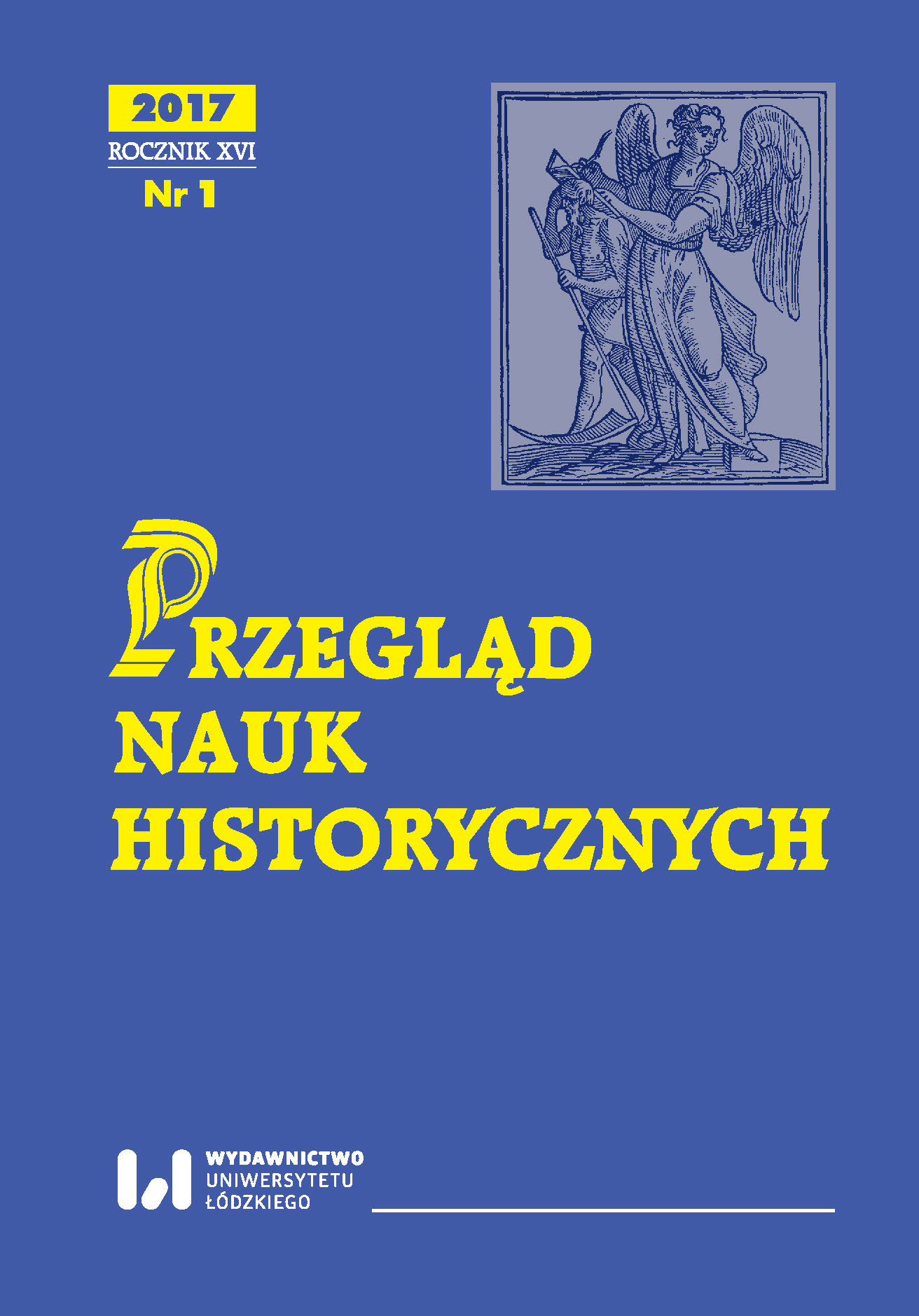Obraz jest świadectwem niewyobrażalnego. Ekspresjonizm abstrakcyjny i Zagłada (Mark Rothko, Barnett Newman, Frank Stella)
The painting is a testimony of the inconceivable. Abstract Expressionism and the Shoah (Mark Rothko, Barnett Newman, Frank Stella)
Author(s): Eleonora JedlińskaSubject(s): History, Cultural history, Visual Arts, Interwar Period (1920 - 1939), WW II and following years (1940 - 1949)
Published by: Wydawnictwo Uniwersytetu Łódzkiego
Keywords: paintings; American Expressionism; abstraction; philosophy; testimony; Mark Rothko; Barnett Newman; Frank Stella; Shoah
Summary/Abstract: The history of Europe of 1933–1945 was very important and had a significant influence on painting of American artists of American abstractionism. This term – American abstractionism or New York abstractionism, although inexact and somewhat confused, currently is a constant term in the terminology of history of art. Taking this kind of art into consideration from the time between 1933 and 1945, recalling the special titles of art works and the context when they were created: Mark Rhotko’s numbered, gray, brown and black murals which he painted for Manhattans Seagram Building in the fifties or his black and brown pictures for Huston Chapel in Texas form the seventies as well as Barnet Newmen’s fourteen canvas titles The Stations of the Cross: Lema Sabachthani and Frank Stella’s minimalist canvas titles Arbeit macht frei (1958), The Polish Village Series and the cycle of twenty four paintings which he created in his adolescence time, considering their comments and biography we have to understand this art as the historical art. These three artists of American expressionism – Mark Rothko, Barnett Newman and Frank Stella, whom this article is devoted to – refer in some pictures to the catastrophe of Shoah. They give evidence of this cruel time by the image, ostensibly without formal coincidence, they attempt to express unimaginable. They want, to some extent, to force us to imagine what the hell of Shoah was like. / Wydarzenia rozgrywające się w Europie w okresie panowania ideologii faszystowskiej wywarły znaczący wpływ na malarstwo artystów amerykańskich związanych z ekspresjonizmem abstrakcyjnym. Nazwa „ekspresjonizm abstrakcyjny”, nieprecyzyjna i nieco myląca, pozostała pojęciem trwale obecnym w terminologii naukowej historii sztuki. Rozważając jednak tę sztukę z perspektywy wydarzeń, które miały miejsce w Europie między 1933 a 1945 r., posiłkując się znaczącymi tytułami prac i kontekstem ich powstania – Marka Rothko ponumerowane, szare, brunatne i czarne murale do Seagram Building na Manhattanie z końca lat pięćdziesiątych, czarne i brunatne obrazy do kaplicy w Houston powstałe w latach siedemdziesiątych, Barnetta Newmana 14 obrazów The Stations of the Cross: Lema Sabachthani, Franka Stelli minimalistyczny obraz zatytułowany Arbeit macht frei (1958), The Polish Village Series, seria 24 czarnych obrazów powstałych w młodzieńczym okresie twórczości artysty – sięgając do wypowiedzi tych artystów, ich biografii, winniśmy tę sztukę rozpatrywać jako sztukę historyczną. Trzej przedstawiciele tego nurtu, Barnett Newman, Mark Rothko, Frank Stella, którym poświęcony jest niniejszy artykuł, reprezentują malarstwo pozornie pozbawione odniesień formalnych, próbują poprzez nie wyrazić niewyobrażalne, niejako zmuszając umysł do wyobrażenia sobie, czym było piekło Auschwitz.
Journal: Przegląd Nauk Historycznych
- Issue Year: 16/2017
- Issue No: 1
- Page Range: 257-283
- Page Count: 27
- Language: Polish

